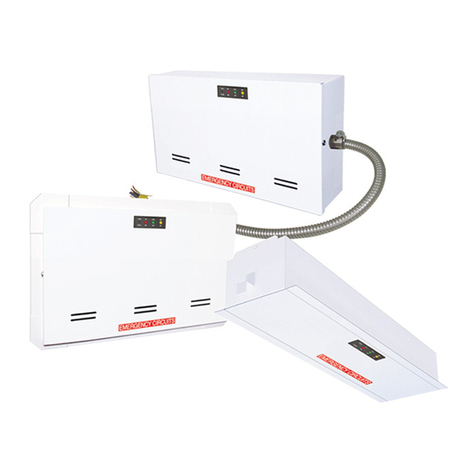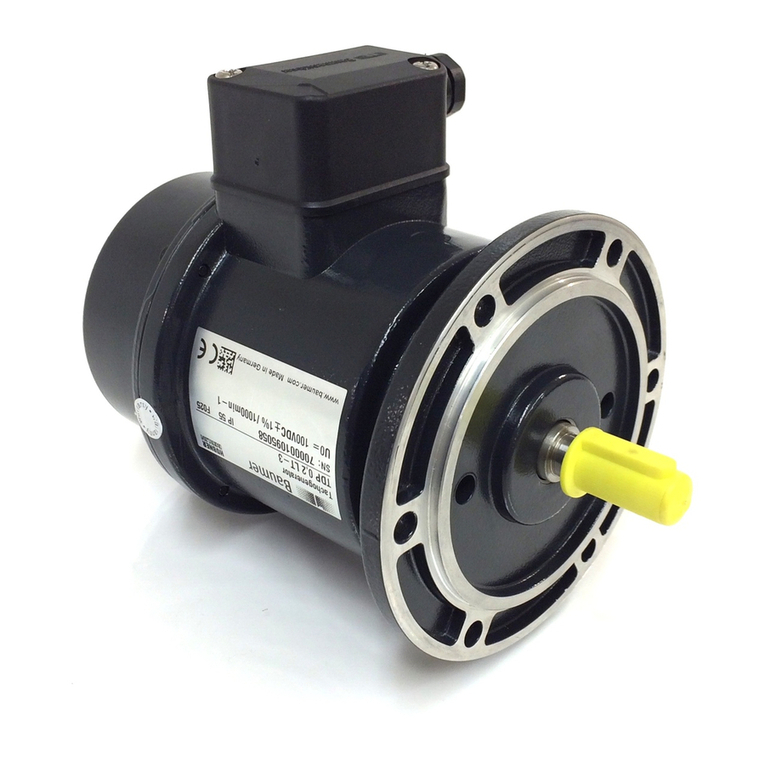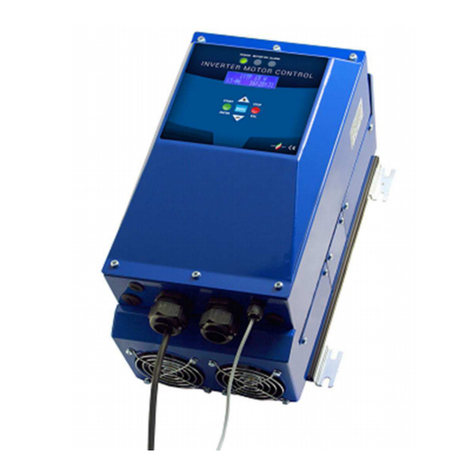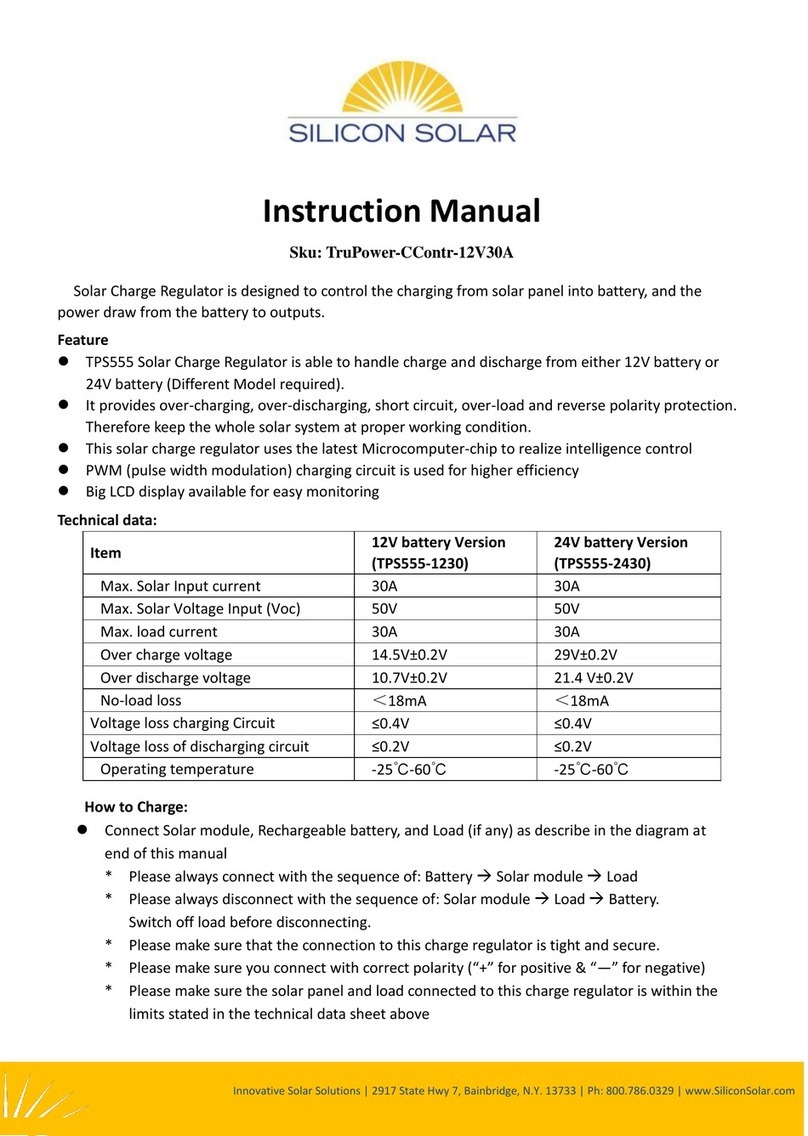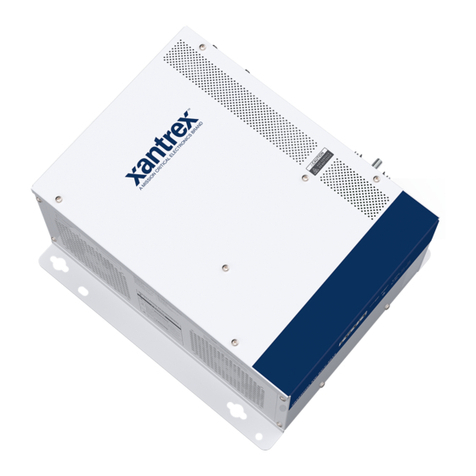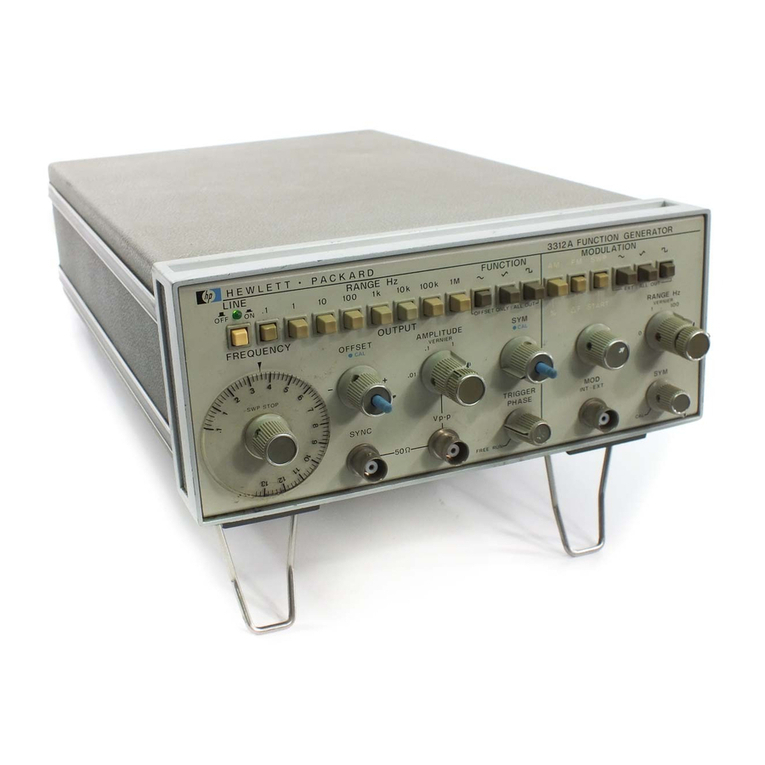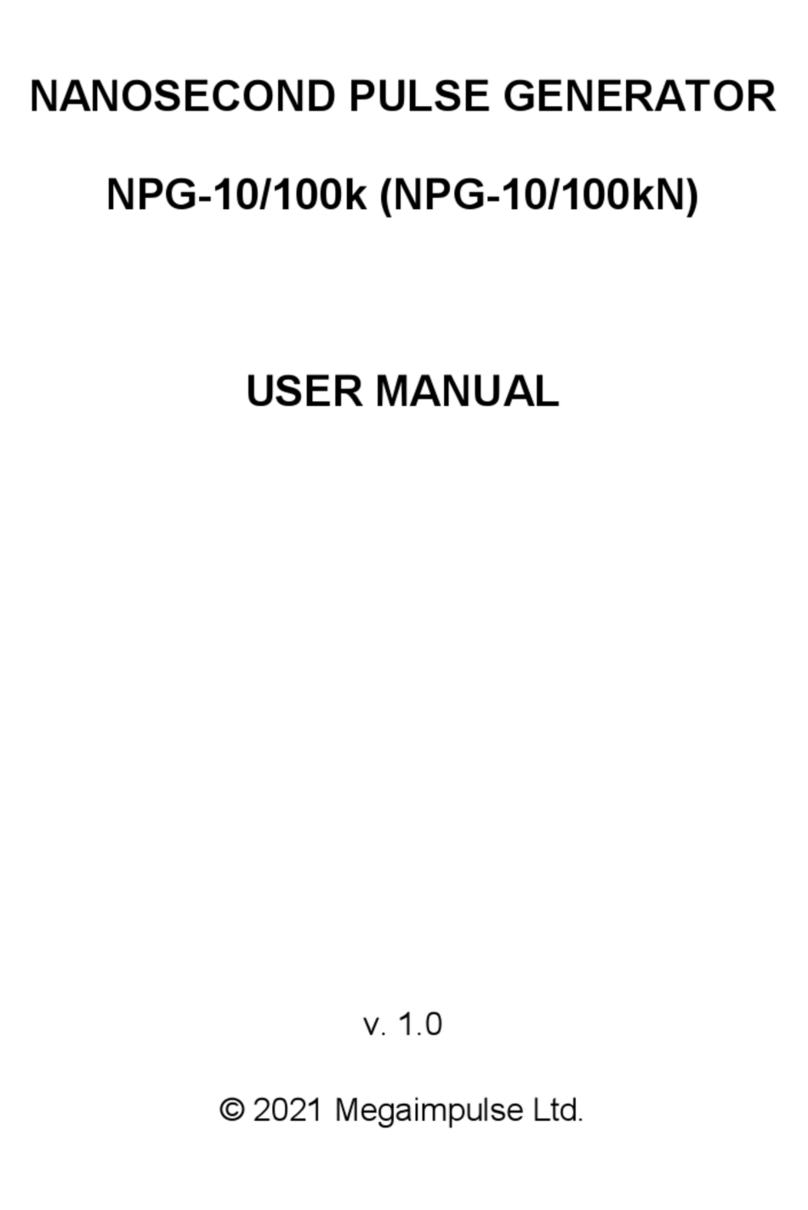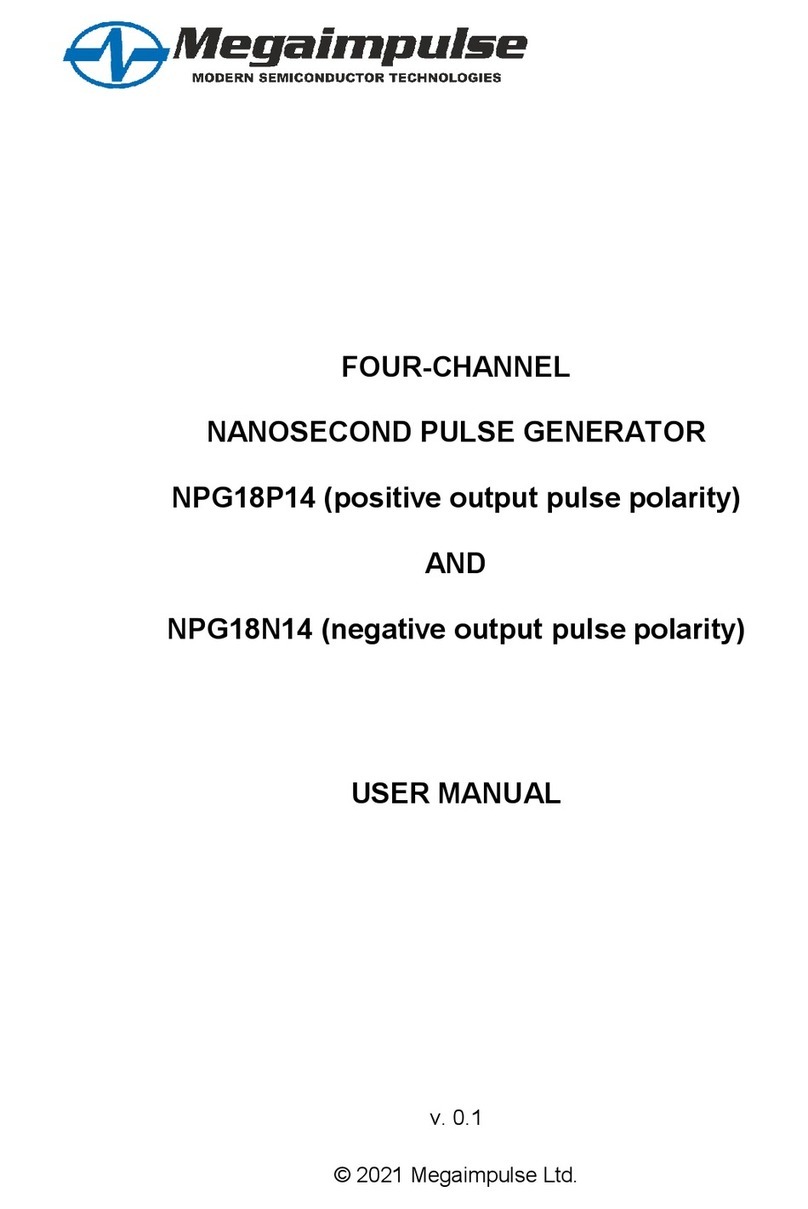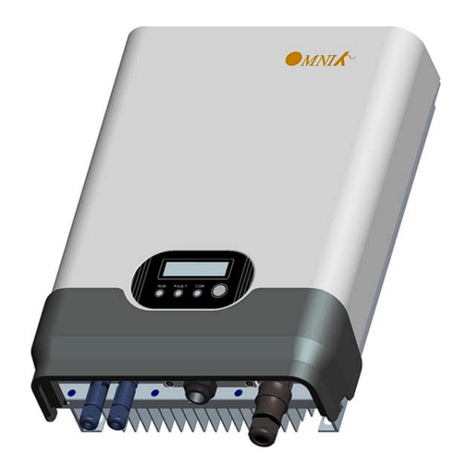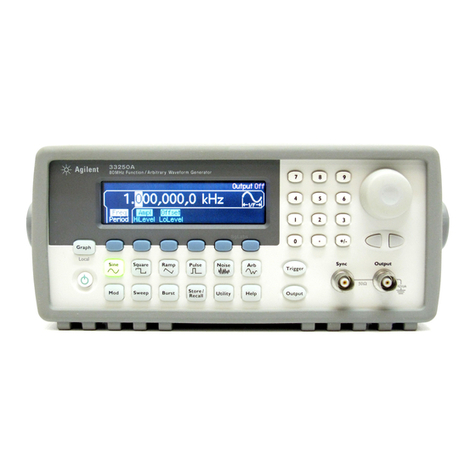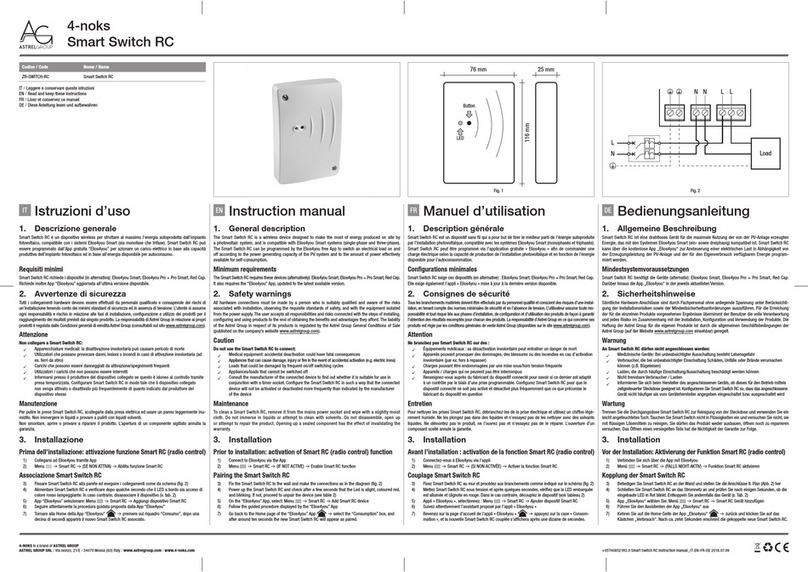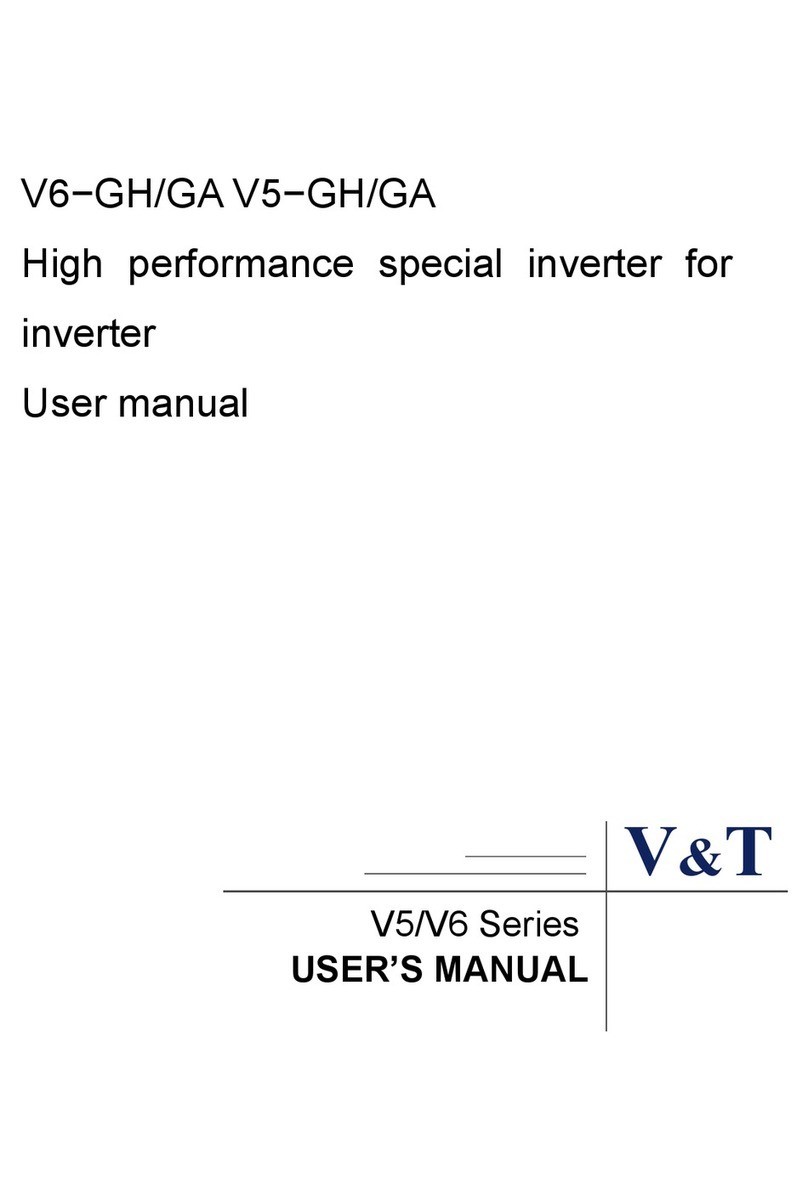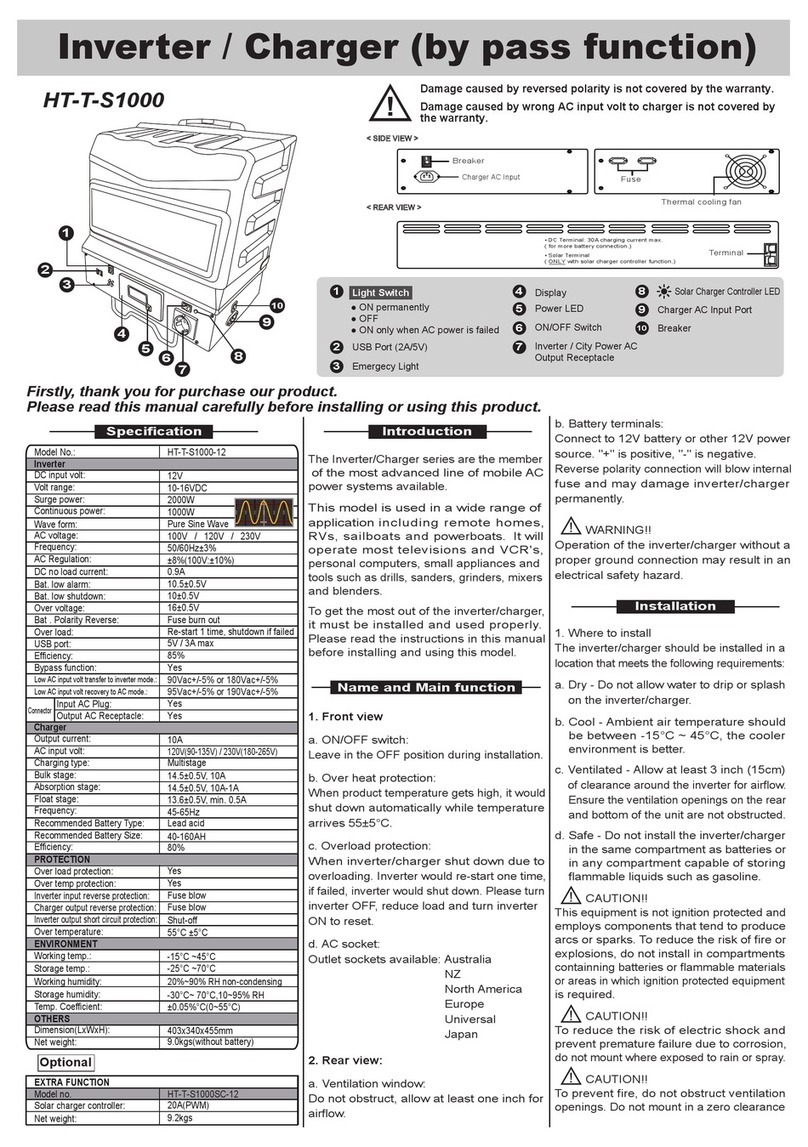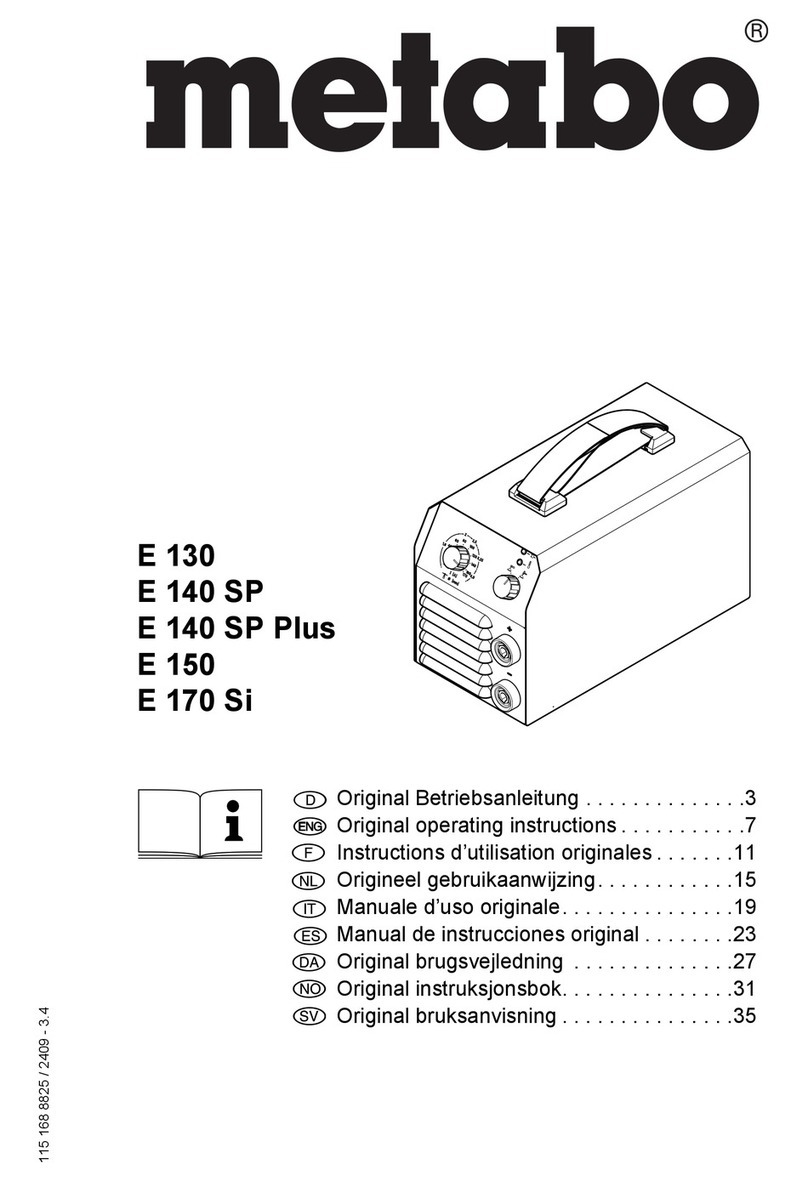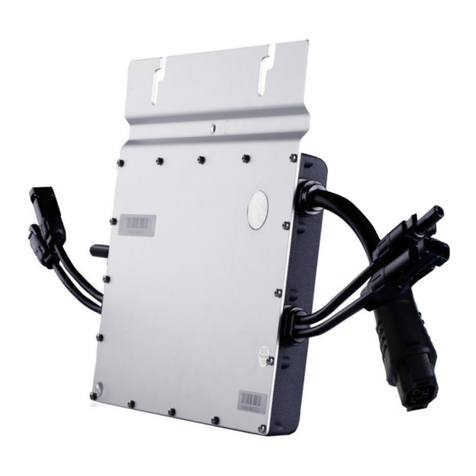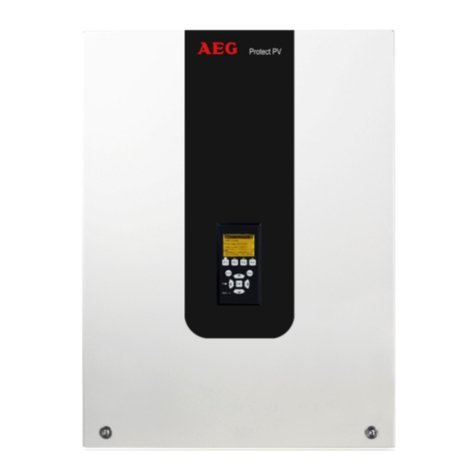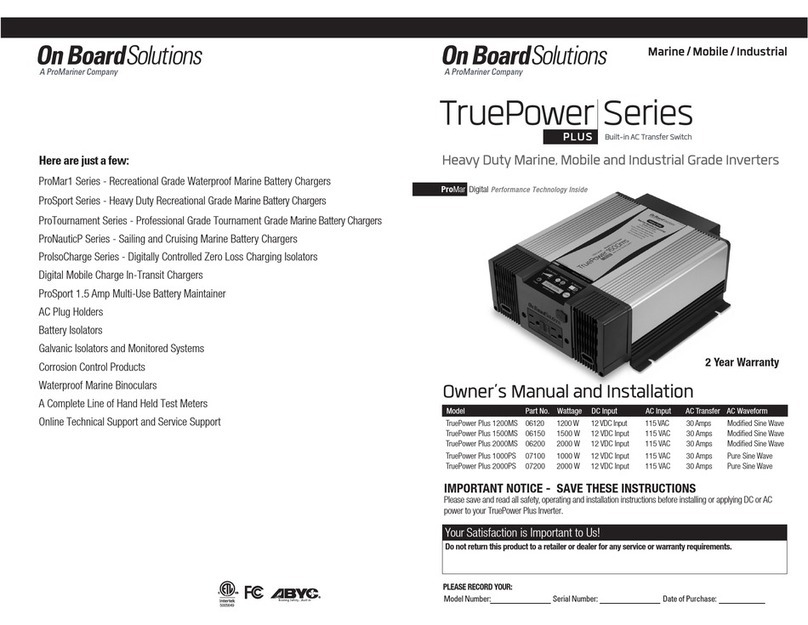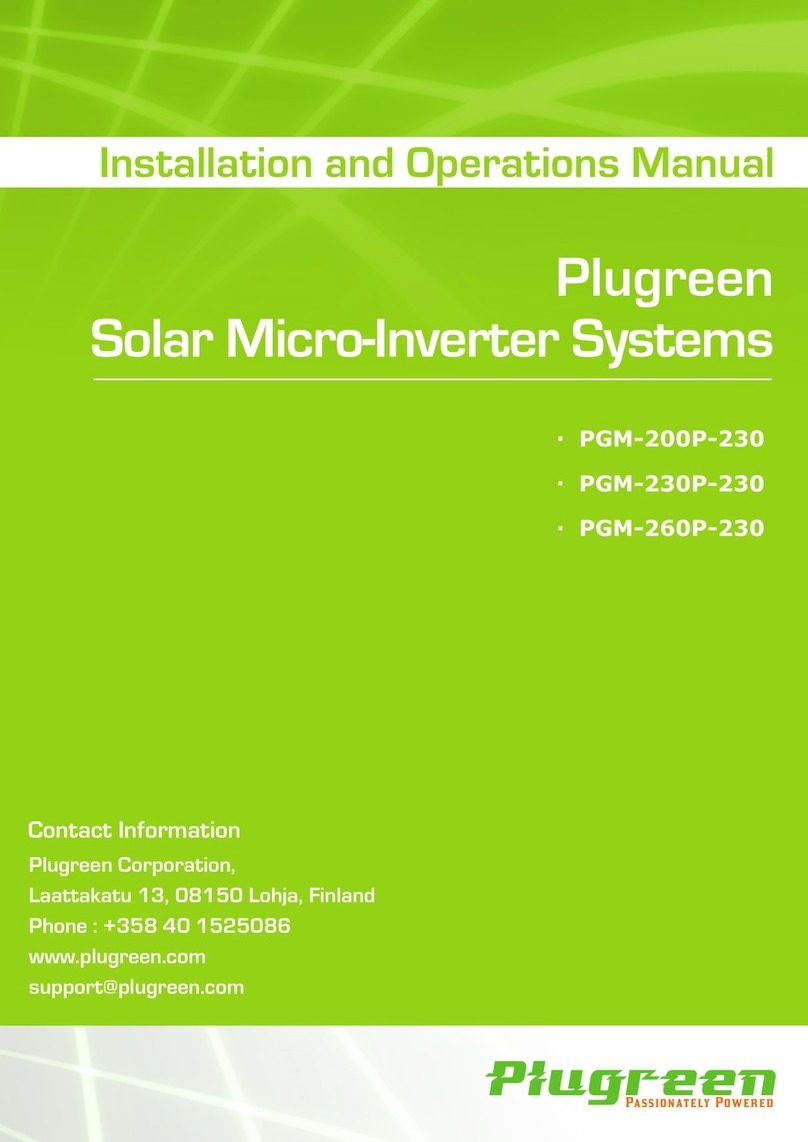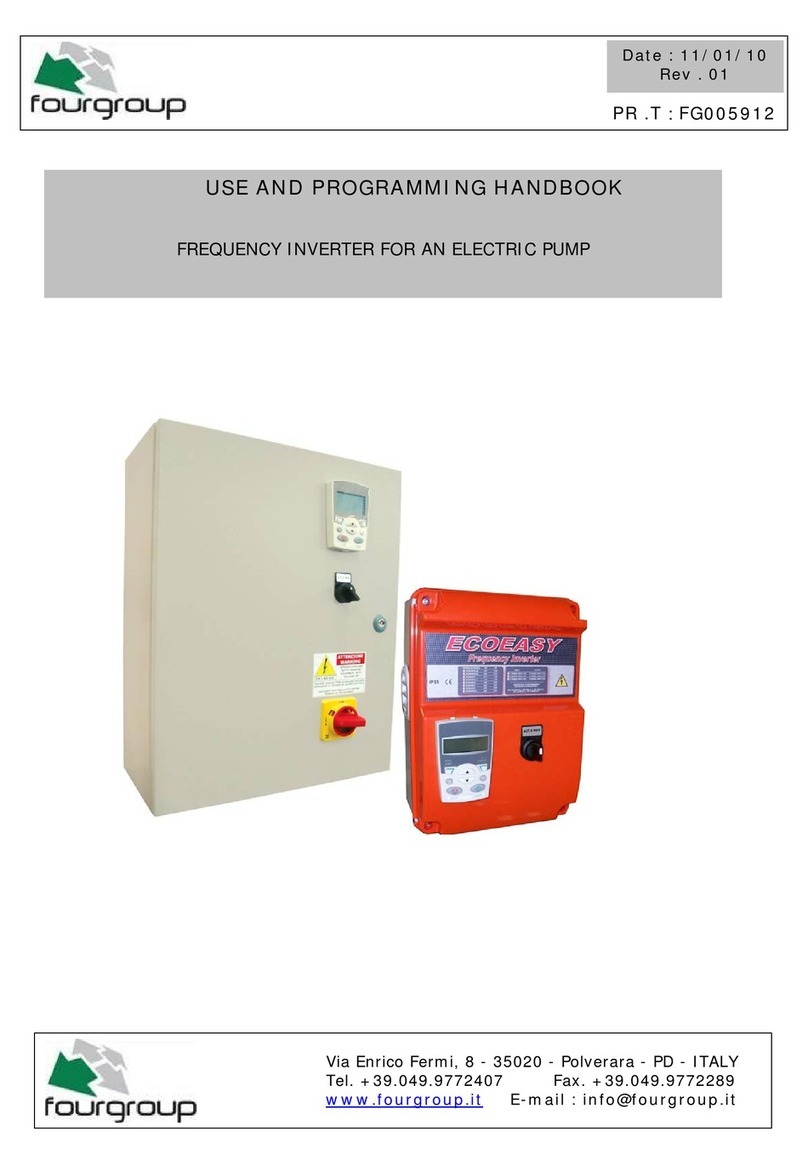
PUTTING THE GENERATOR INTO OPERATION
Please follow strictly the described steps. It helps to prevent damage the
generator, other equipment, and personnel injury.
Step 1.
Unpack the generator and check the presence into the package of the following
items:
- NPG-20/3500 (NPG-20/3500N) generator;
- power supply cable;
- output 50 Ohm coaxial cable.
Step 2.
Set up the generator. Ground it obligatory by connecting ground cable to terminal
on the rear panel (12) and/or use three-terminal power supply outlet with
grounding contact.
Step 3.
Check the output coaxial female connector on the front panel of the generator (2)
and co-pair male connector on the cable. Both connectors should be clean and dry,
free from dust, dirt, and any obstacles. Clean the connectors with alcohol and/or
cotton bud if necessary, put a drop of silicone oil onto the Teflon insulating parts.
Attach the cable connector to the generator front panel connector (2). The tight and
firm contact of the connectors is very important for the normal operation of the
generator. Even a small air gap between the connectors may result in arcing,
destroying the generator and the cable.
To obtain good and tight contact the following procedure is recommended:
1. Align both connectors.
2. Hold the generator by one hand to prevent moving and press the cable
connector by another hand toward the generator connector.
3. Screw the cable connector nut by hand, usually one or two turns. Do not
rotate the cable connector body.
4. Press the cable connector toward the generator connector again.
5. Once more screw the cable connector nut one or two turns.
6. Repeat steps 4 and 5 up to tight contact. Finally screw the cable connector
nut firmly by hand.
It is recommended to check whether the tight contact obtained or not after the first
test operation of the generator. Unscrew the cable connector; there should be no
ozone or burnt smell from the cable connector, even a little, or any burnt traces.
Please do not connect and disconnect the high voltage connectors many times to
prevent the contacts from wearing.
NPG-20/3500 and NPG-20/3500N User manual 7
